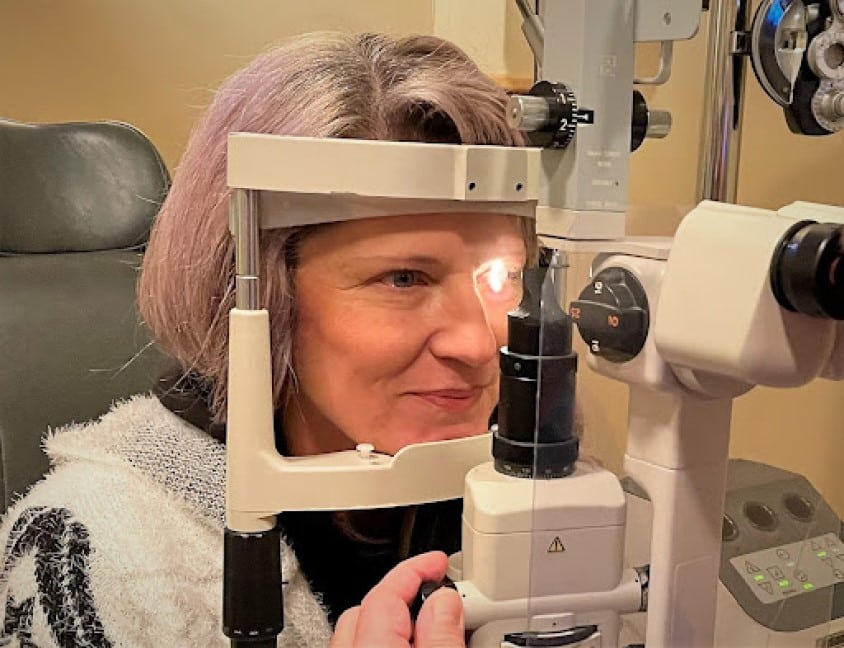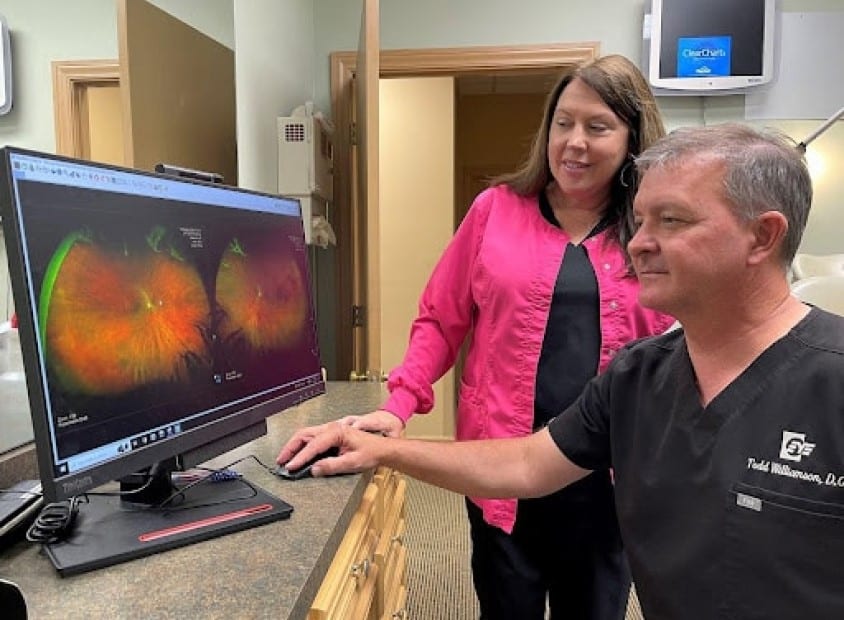
When planning for retirement, the earlier you start the better. The longer you wait, the less likely you’ll enjoy the lifestyle you desire.
The same goes for your eyesight: If you’re not doing the right things now to protect your vision, you could lose some—or all—of your eyesight later in life.
“Unfortunately, it’s inevitable that eyesight diminishes as we get older,” says Dr. Todd Williamson, eye surgeon with Hattiesburg Eye Clinic. “The most common cause is cataracts, which is the hardening of the eye lens. Those in older age brackets also have increasing risk for diseases like glaucoma, macular degeneration and diabetic retinopathy.”

But even though you can’t stop the passage of time, Dr. Williamson says you can improve your chances of good eyesight in later years. Here are 5 things you can do now to preserve your vision as you age.
- Manage your overall health. Along with the rest of your body, your eyes benefit from good health; they can also suffer if you develop certain chronic conditions.
“A number of chronic diseases can affect your eyesight like diabetes and high blood pressure,” says Dr. Williamson. “Both of these conditions reduce the oxygen supply to the eyes, which can eventually cause vision loss if the underlying conditions aren’t brought under control.”
- Eat right and exercise. Practicing an active, healthy lifestyle will make it easier for you to avoid chronic diseases, or at least reduce their impact. As a result, Dr. Williamson says your eyes will also benefit.
“A healthy lifestyle, especially one’s diet, is certainly advantageous to ocular health. For example, a regular diet of green, leafy vegetables provides you with the kind of nutrients the eyes need to stay healthy. Along with supplements of lutein and zeaxanthin, an eye-friendly diet could help reduce your chances of diseases like macular degeneration.”
- Know your family medical history. It’s common for generations of family members to suffer from certain eye diseases, or from systemic conditions that affect the eyes. “A person’s family medical history can play a major role in not only in eye diseases like glaucoma, but chronic conditions like diabetes that also affect the eyes,” says Dr. Williamson.
If you have a family history of eye or chronic disease, Dr. Williamson advises having your eyes checked more frequently.
- Wear sunglasses. Ultraviolet light rays produced by the sun can lead to both short- and long-term damage to the eyes. “UV rays can cause inflammation and dryness, possibly resulting in tissue growth on the cornea,” says Dr. Williamson. “UV light is also linked to eye cancer development, as well as acceleration of cataract growth.”
To protect your eyes against these harmful rays, Dr. Williamson advises wearing sunglasses certified to block UVA and UVB rays.
- Start getting annual exams around age 40. To stay ahead of any developing eye conditions related to aging, Dr. Williamson recommends getting annual eye exams beginning at age 40.
“Annual exams are very important, especially for those with family histories of eye disease. Because they typically don’t cause pain as they develop, diseases like glaucoma or macular degeneration can sneak up on you without you realizing. Catching a condition early can stop or limit the permanent damage it might cause.”
Just like contributing to an IRA for retirement, investing in your eyesight in these different ways can prove beneficial later in life. Following these tips could help ensure your eyesight stays healthy and sharp as you get older.
To learn how you can better protect your eyesight as you get older visit us at our website. To learn more about how Hattiesburg Eye Clinic can improve your vision health, call 601-268-5910 (or toll-free 800-624-8254) or schedule a consultation with us at www.hattiesburgeyeclinic.com/contact-us/


